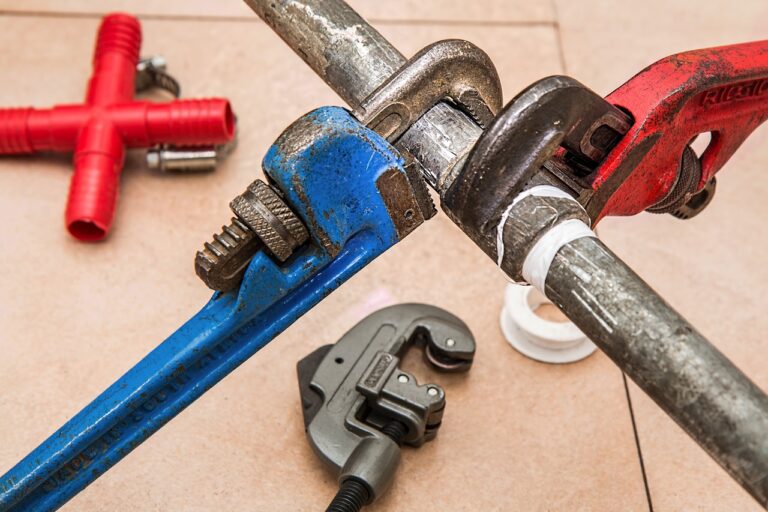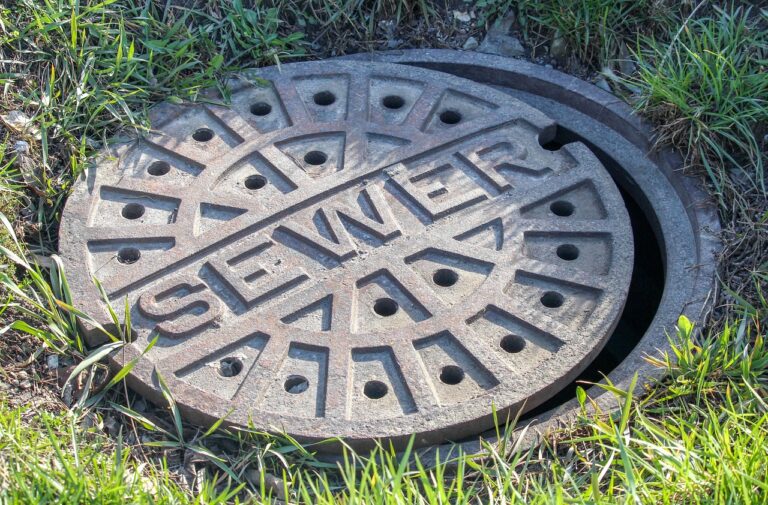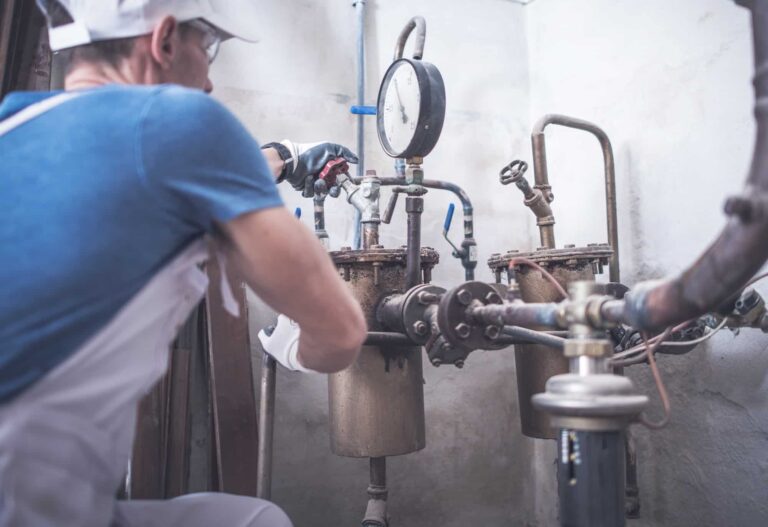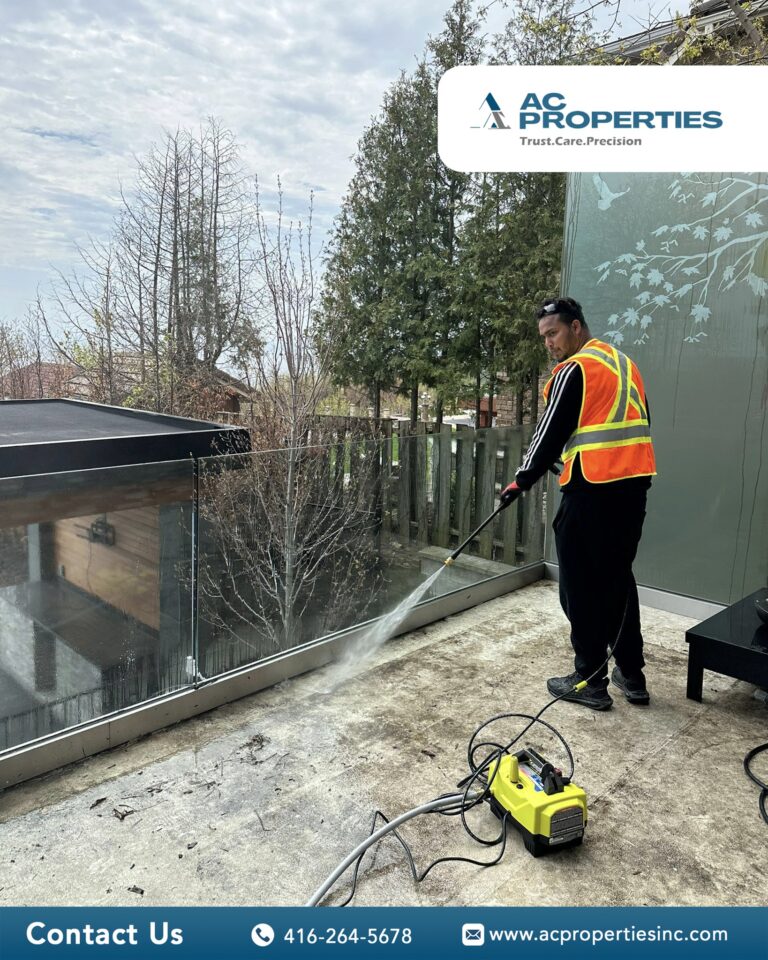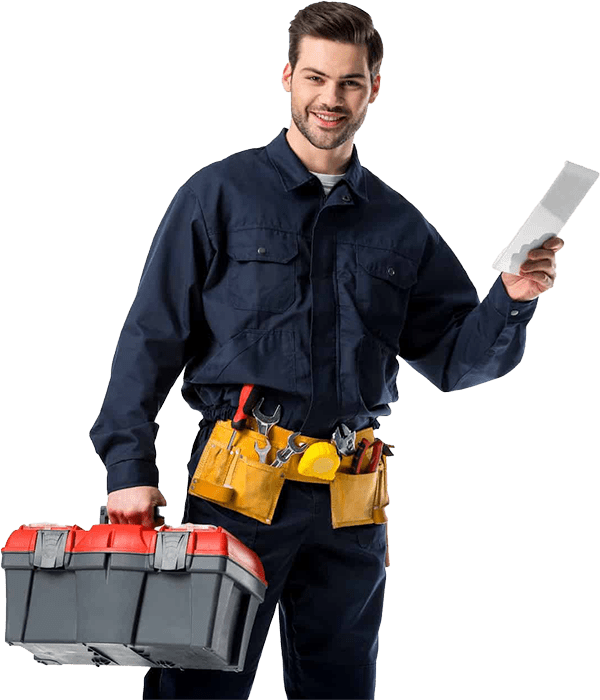Is your home’s plumbing acting up, and you’re suspecting a clogged main sewer line? Don’t fret. This guide will walk you through everything you need to know to tackle this common but vexing problem yourself i.e DIY Sewer Clogg Fixing. Keep reading to learn the signs, tools, and step-by-step methods of How to Clear a Main Sewer Line Clog and keep it that way in the future.
Introduction:
A clear main sewer line is crucial for a healthy and functional home. When this line gets clogged, it can lead to unpleasant consequences, including backups, foul odors, and even water damage. Knowing how to clear a main sewer line clog yourself can save you time, money, and a lot of headaches.
Common Signs of a Clogged Sewer Line
Recognizing the signs of a clogged sewer line early can prevent small issues from becoming big problems. Here are some telltale symptoms:
- Slow drains in multiple fixtures, like sinks and showers.
- Gurgling sounds coming from drains or toilets.
- Water backing up in unusual places, such as in your bathtub after flushing the toilet.
- A persistent foul odor around your home or yard.
If you notice any of these signs, it’s time to act.
Understanding Main Sewer Line Clogs
To tackle a clogged sewer line effectively, it’s essential to understand what causes these blockages.
Causes of Main Sewer Line Clogs
Several factors can contribute to a clogged sewer line, including:
- Tree roots growing into and blocking the pipes.
- Accumulation of grease, fat, and oil that solidify over time.
- Foreign objects accidentally flushed down the toilet, such as baby wipes or sanitary products.
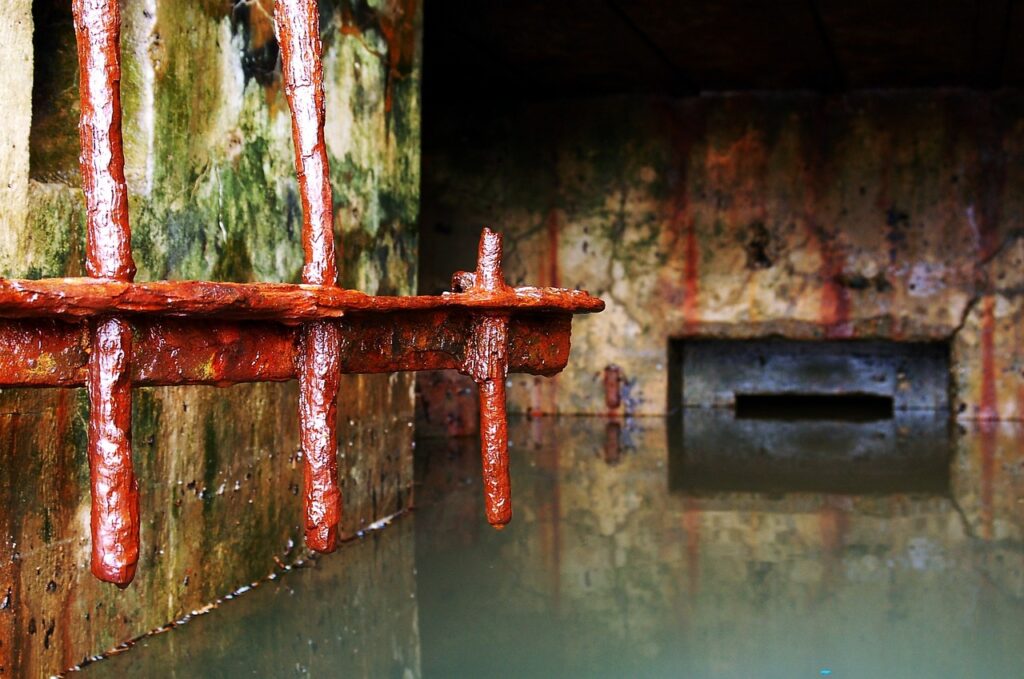
Types of Materials That Typically Block the Sewer Line
Different materials can contribute to clogs in various ways:
- Organic matter like hair, food particles, and soap scum can build up and cause blockages.
- Inorganic materials like plastic items, paper towels, and hygiene products can obstruct the flow.
- Natural elements like tree roots can infiltrate the pipes, causing severe blockages.
Understanding these causes helps in choosing the right method to clear the clog.
Tools and Equipment You’ll Need
Before you roll up your sleeves and get to work, make sure you have the right tools on hand. Here’s a list of essentials:
Essential Tools for Sewer Line Maintenance
- Sewer Snake (Auger): A long, flexible tool that can break through blockages.
- Hydro-Jet: A high-pressure water jetting device for removing stubborn clogs.
- Plumbing Wrench: Useful for opening cleanout plugs.
- Protective Gear: Gloves, goggles, and a mask to ensure your safety.
Brief Explanation of Each Tool’s Purpose
- Sewer Snake: Ideal for breaking through clogs caused by tree roots or solid masses.
- Hydro-Jet: Effective for clearing grease and debris buildup with powerful water jets.
- Plumbing Wrench: Necessary for accessing sewer cleanout points.
- Protective Gear: Keeps you safe from harmful bacteria and chemicals.
Having these tools ready will make the process smoother and safer.
Step-by-Step Guide to Clearing the Clog
Ready to get your hands dirty? Follow this comprehensive guide to clear your main sewer line clog.
Inspection
First, locate the clog in your sewer line. You can use a sewer camera if you have one or call a professional for an inspection. Usually, the cleanout plug outside your home is the best place to start.
Using a Sewer Snake
- Insert the Snake: Push the snake into the cleanout access and start feeding it into the pipe.
- Rotate the Handle: Turn the handle to break through the clog. Keep pushing the snake further as you rotate.
- Retrieve the Snake: Pull the snake out slowly, allowing it to bring back any debris.
Hydro-Jetting
- Connect the Hydro-Jet: Attach the hydro-jet to a water source and insert it into the cleanout.
- Activate the Jet: Turn on the high-pressure water to blast away the clog.
- Move Back and Forth: Ensure thorough cleaning by moving the jet back and forth within the pipe.
Chemical Treatments
While not always recommended due to potential pipe damage, chemical treatments can be effective for minor clogs. Follow the instructions carefully and ensure proper ventilation.
Safety Precautions
- Wear gloves, goggles, and a mask at all times.
- Avoid using excessive force to prevent pipe damage.
- Keep children and pets away from the work area.
Preventing Future Sewer Line Clogs
Once you’ve cleared the clog, you’ll want to prevent it from happening again.
Best Practices for Maintaining a Clear Main Sewer Line
- Regular Cleaning: Use enzyme-based cleaners monthly to keep pipes clear.
- Avoid Flushing Non-Flushable Items: Only flush toilet paper and human waste.
- Proper Disposal of Grease: Never pour grease down the drain; dispose of it in the trash instead.
Tips for Regular Inspection and Early Clog Detection
- Install a Cleanout: If your home doesn’t have a cleanout access, consider installing one.
- Use Drain Guards: These can catch hair and debris before they enter the pipes.
- Schedule Annual Inspections: Have a professional inspect your sewer line annually.
Regular maintenance can go a long way in preventing serious clogs.
When to Call a Professional
Sometimes, a clog may be too severe for DIY methods.
Indications That Your Sewer Line Clog Requires Professional Attention
- Persistent clogs despite multiple attempts to clear them.
- Severe water backup into your home.
- Visible damage to sewer pipes or cleanout access.
The Benefits of Consulting a Professional Plumber
- Expertise: Professionals have the knowledge and experience to tackle severe clogs.
- Advanced Tools: They have access to specialized equipment like sewer cameras and industrial hydro-jets.
- Long-Term Solutions: Professionals can offer advice and services to prevent future issues.
Knowing when to call in the pros can save you time and potential damage.
Conclusion
Clearing a main sewer line clog yourself is entirely possible with the right tools and knowledge. By understanding the common causes, using the appropriate tools, and following safety precautions, you can effectively tackle this issue. Regular maintenance and early detection are key to preventing future clogs.
Remember, if a clog is too severe or persistent, don’t hesitate to call a professional plumber. Your home’s plumbing system is essential to your comfort and health, so taking care of it should be a priority.
We hope you found this guide helpful! Feel free to share your experiences or ask any questions in the comments below. And, of course, stay proactive in maintaining your sewer line to avoid future headaches.

